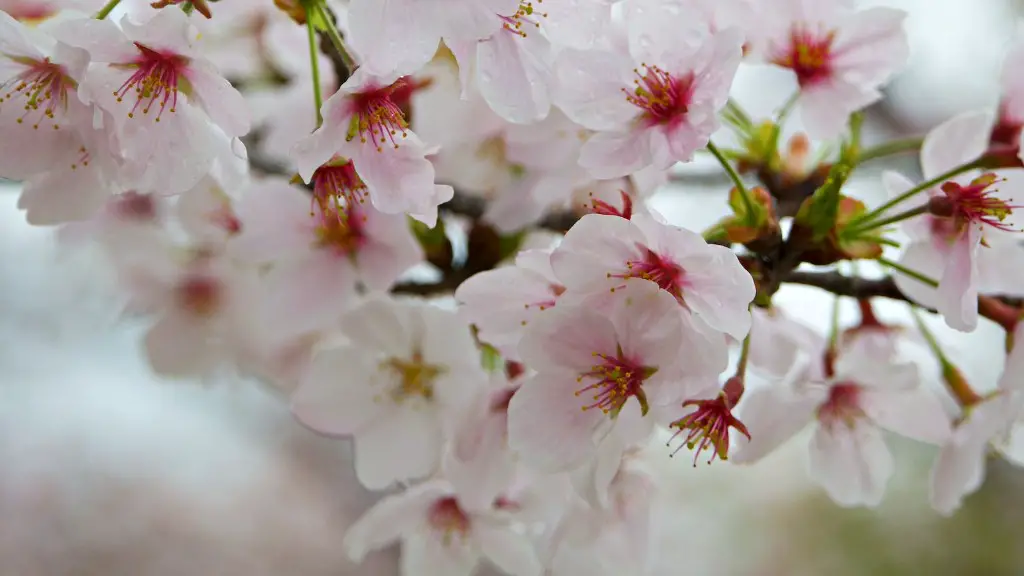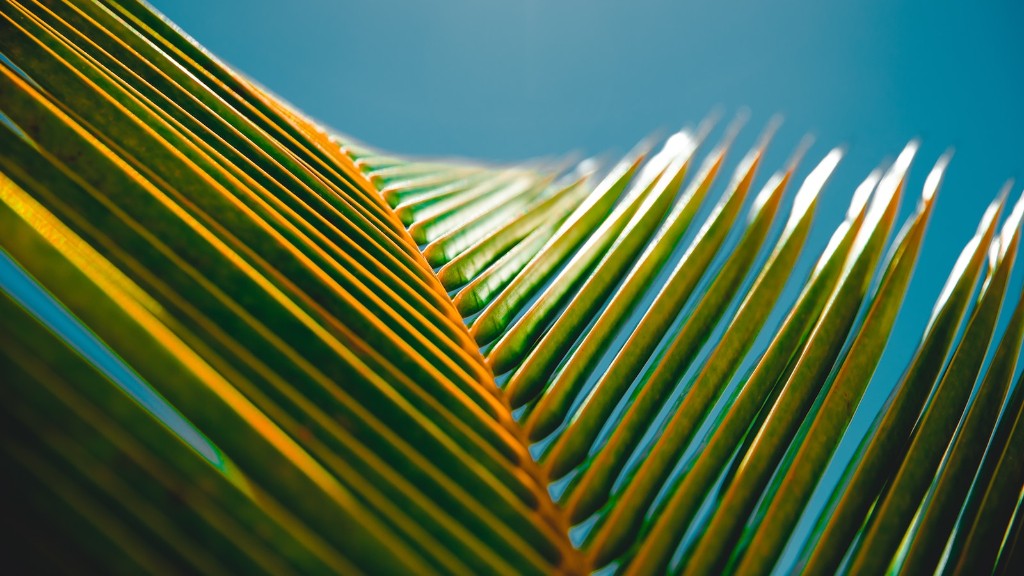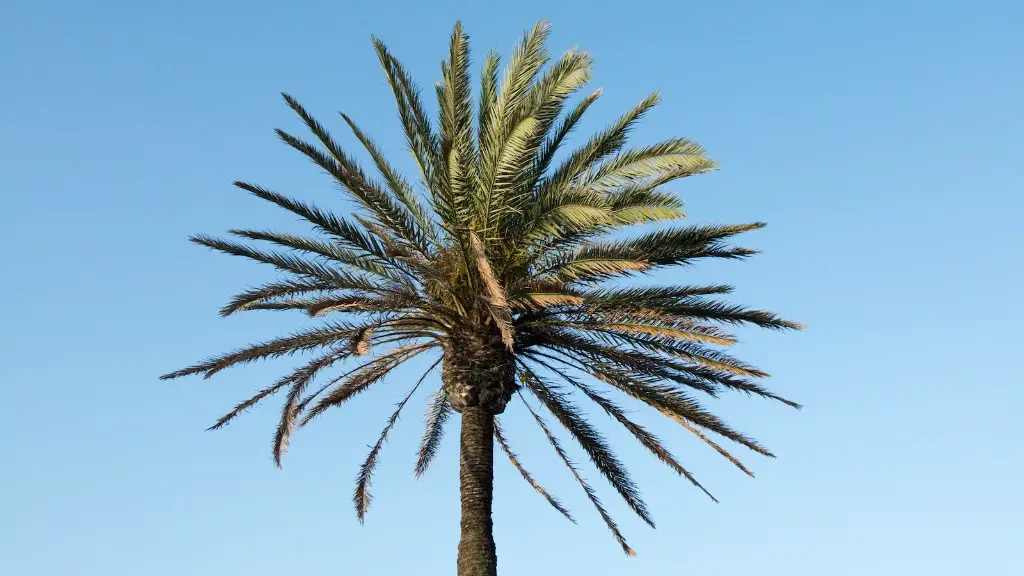Introduction
Pruning is an essential process for maintaining the health, aesthetics and vigour of cherry trees. It helps redirect the tree’s energy, remove dead and dying branches, manage the size of trees and reduce the risk of pests and diseases. Pruning a cherry tree can also improve the shape and encourage good branching. To get the most out of pruning, it is important to prune your cherry tree at the right time. Generally, cherry trees should be pruned in late winter or early spring.
Choosing the right time to prune
In the UK, the best time to prune cherry trees is in late winter or early spring, usually in late January or February before the tree starts puts on new growth. This time of the year is ideal because most pests and diseases that can be spread by pruning are dormant. Pruning during dormant season will also reduce the risk of frost damage.
Preparing to prune
Before pruning a cherry tree in the UK, it is important to know the different types of pruning – selective and renovation pruning. Selective pruning is for removing dead and dying branches, calming the tree shape, and redirecting the tree’s energy. Renovation pruning is for maintaining the size of the tree and totally reshaping a neglected tree. Moreover, it is important to know when to cut what. Generally, thinner branches and branches that are crossing or rubbing against each other should be removed first.
Removing dead and dying branches
Removing dead and dying branches from a cherry tree is essential for the tree’s overall health. Removing these branches will help improve air circulation, minimise the risk of disease and prevent insect damage. Dead and dying branches can be easily identified by their dark, brittle bark. A healthy cherry tree should have bright green foliage and branches with flexible bark.
Managing size and shape
Pruning cherry trees is also important for managing size and shape. Pruning can help create a balanced canopy and keep the tree’s size under control. Removing crossing or rubbing branches helps create an open structure that allows sunlight to penetrate the canopy and reach the inner parts of the tree.
Tools you need
The most important tools you need to prune cherry trees in the UK are a sharp pair of pruners and a saw. You should also have protective gear such as gloves and goggles. You should also disinfect your pruning tools before and after use to prevent the spread of disease.
Watering the tree after pruning
After pruning a cherry tree, it is important to water the tree adequately. This will help prevent shock and minimise the risk of disease. Additionally, you should fertilise the tree to help it recover from pruning stress.
Disease Management
Regular pruning helps to keep cherry trees healthy and reduce the risk of disease. Pruning helps to improve the tree’s structure and encourage good air flow and light penetration which discourages fungal diseases. Pruning also reduces the risk of pests and diseases by removing dead and dying branches which are potential breeding grounds for these organisms.
Advantages of Regular Pruning
Regular pruning has many benefits and helps to keep cherry trees healthy and vigorous. Pruning helps to redirect the tree’s energy and improve its structure. It also helps to remove dead and dying branches, improve air flow and light penetration, control the size of the tree and reduce the risk of pests and diseases.
How to Prune a Cherry Tree
When pruning a cherry tree, it is important to follow the correct steps. First, identify the dead, diseased and damaged branches and remove them first. Then, remove rubbing or crossing branches and branches with poor structure or form. Finally, thin and reshape the tree as desired. Once pruning is complete, it is important to water and fertilise the tree.
Caring for the Tree After Pruning
After pruning a cherry tree, it is important to care for it properly to keep it healthy. Provide adequate water and fertilise the tree regularly to help it recover from pruning. Additionally, you should monitor the tree for pests and diseases and take action as soon as any signs are observed.
The Effects of Pruning
Pruning a cherry tree can have both positive and negative effects. It is a beneficial process that helps to manage the tree’s size, improve its structure and reduce the risk of pests and diseases. On the other hand, it can result in poor growth or stunted growth. The effects of pruning depend on the severity and timing of the pruning.
Maintenance Pruning Tips
For optimum results, it is important to prune cherry trees regularly. Maintenance pruning should be done at the end of the growing season to remove dead and damaged branches and encourage proper branching. Annually, cherry trees should be pruned to improve the tree’s structure and promote proper growth.
Determining the Amount of Pruning
When pruning a cherry tree, it is important to determine how much pruning is needed. Generally, no more than 25-30% of the tree’s foliage should be removed in a single season. Removing more than this can lead to reduced vigour and even death of the tree.
Preventing Frost Damage
Frost damage can occur when cherry trees are pruned at the wrong time of the year. To prevent frost damage, ensure that cherry trees are pruned during late winter or early spring when frost and other adverse weather conditions are less likely to occur. This will help reduce the risk of frost damage and improve the tree’s overall health.
Conclusion
Pruning cherry trees is an important process for maintaining the tree’s health, vigour and aesthetics. Pruning should be done in late winter or early spring to reduce the risk of frost damage and encourage proper growth. It is important to prune cherry trees regularly and in moderation to avoid stunting their growth or even killing them.




